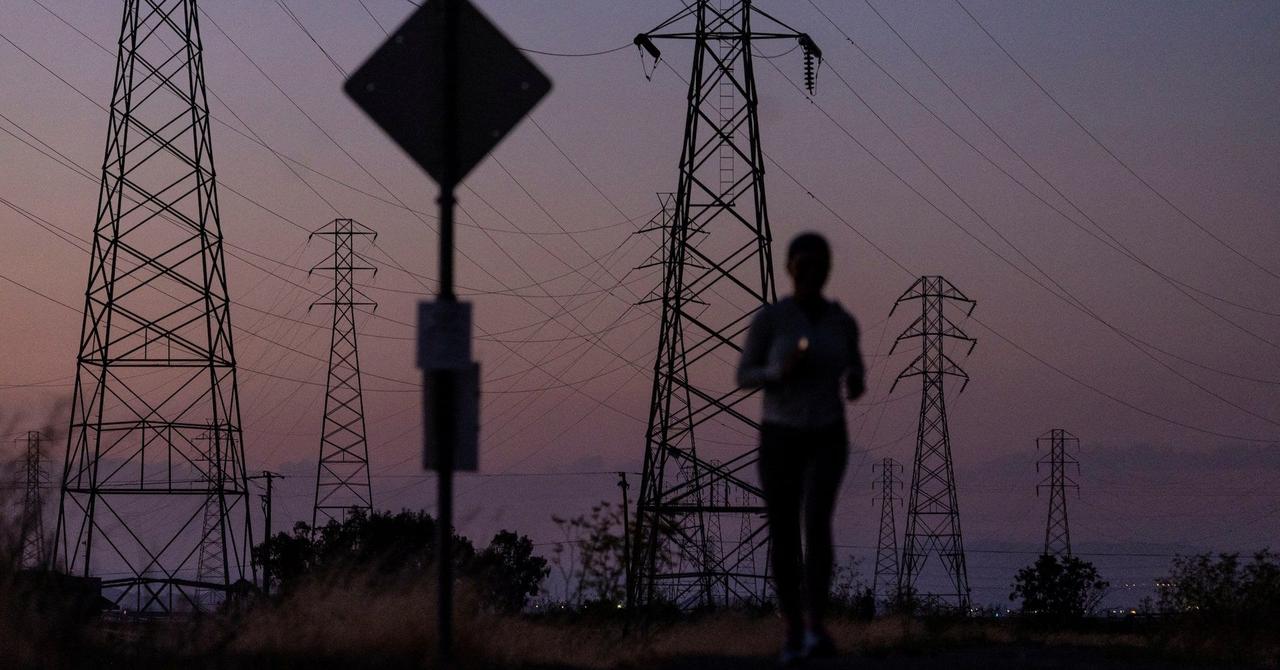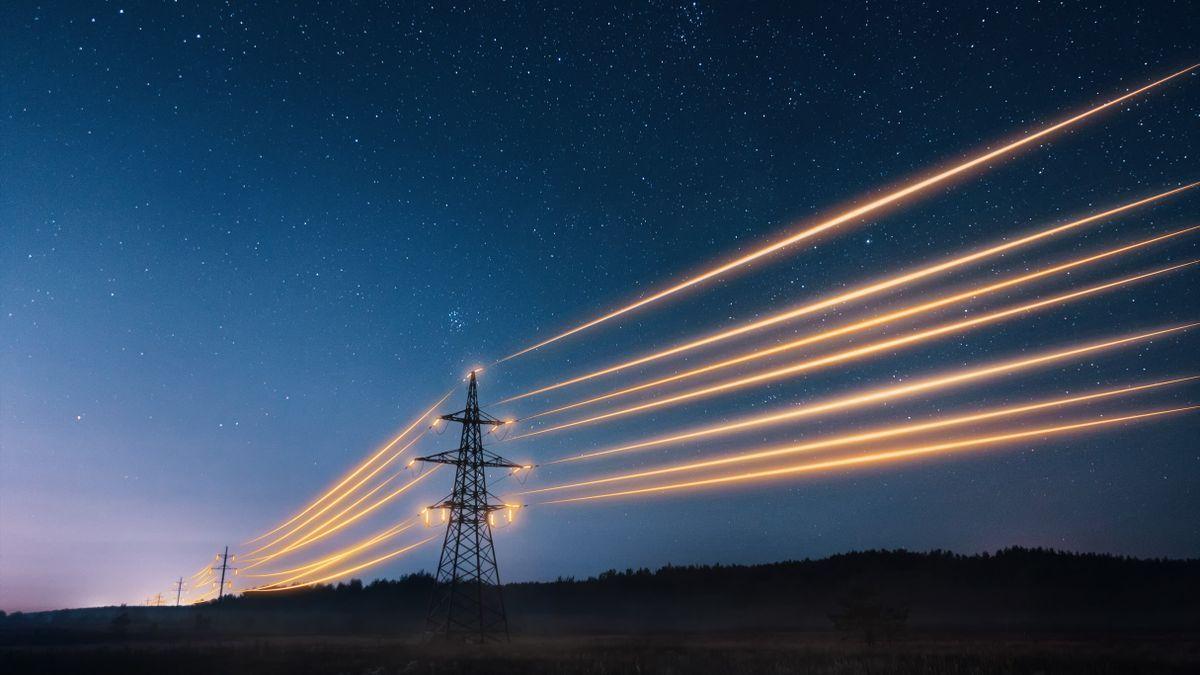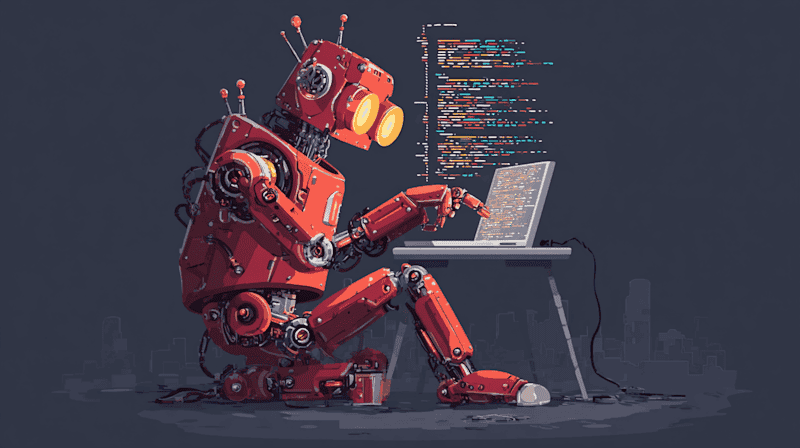Texas Regulator Warns AI Data Centers: Build Your Own Power Plants
2 Sources
2 Sources
[1]
AI's energy appetite too big for Texas, regulators warn
Datacenters coming online in the next 15 months will need to supply at least some of their own power As the saying goes, everything is bigger in Texas, but as datacenter footprints explode amid the AI boom, regulators fear even the Lone Star state's utilities won't be able to keep up for much longer. The Texas' Public Utility Commission is now warning datacenter operators looking to set up shop in the US state within the next 12 to 15 months that they won't be able to rely entirely on the local grid and will have to supply at least some of their own power. As some of you will know, Texas has at times suffered blackouts from demand overload, and outages sparked by storms damaging infrastructure. "We can't afford to lose any of our resources off the system at this point, especially given those load-growth projections," Thomas Gleeson, who chairs the commission, told Blomberg during the Gulf Coast Power Association conference in Austin this week. Chief among Gleeson's concerns is datacenters setting up shop near existing power plants and buying up the supply of electricity, making it harder for the grid to keep the lights on for everyone else. Instead, Gleeson wants to see datacenter operators arranging and supporting their own generation facilities before putting strain on existing infrastructure. Gleeson's comments come as power becomes a chief concern among datacenter operators looking to expand AI compute infrastructure to new regions and larger clusters. Some of the AI-crunching clusters under development now exceed 125,000 GPUs and have power budgets measured in hundreds of megawatts. Last month, Oracle supremo Larry Ellison revealed his database giant's largest datacenter development was rated for 800 megawatts of capacity, and said next-gen facilities would consume more than a gigawatt. Sourcing power for these sites has become a prime concern for datacenter operators, and according to a recent CBRE report is already resulting in delays to datacenter builds. To ensure their bit-barn projects don't run out of juice, some operators are cozying up to operating and even defunct nuclear power plants. This northern spring, Amazon paid $650 million for Talen Energy's Cumulus datacenter located directly adjacent to the 2.5 gigawatt Susquehanna nuclear power plant. Under the deal, Amazon will have access to up to 960 megawatts of power. Similarly, Microsoft just signed a 20-year power purchase agreement with Constellation Energy to bring the 837 megawatt Three Mile Island Unit 1 nuclear plant back online following its retirement in 2019. Google CEO Sundar Pichai recently told Nikkei Asia that the search giant is also weighing the nuclear option. However, bringing retired nuclear plants back online isn't always as easy as it sounds. As The Register recently reported, many older facilities will require extensive repairs and modernization before they're ready to start turning steam into electricity again. Some operators hope to bypass the problems associated with legacy reactor designs by opting for small modular reactor designs from the likes of NuScale, Oklo, and others. During Oracle's Q1 earnings call last month, Ellison said the IT goliath had already secured building permits for a trio of SMRs. But while SMRs have promise, none are operating. NuScale, which is one of the first SMR vendors to get approval from US authorities to build the small reactors, planned to build a six-reactor plant in Utah capable of generating 462 megawatts of power. However, the development was later abandoned after several municipalities pulled out of the deal over rising costs. Some critics believe SMRs will never work. The Institute for Energy Economics and Financial Analysis predicted the reactors will be "too expensive, too slow to build, and too risky to play a significant role in transitioning away from fossil fuels." It's worth noting that while nuclear may be hot right now, it's far from the only option datacenter operators can consider - even it if is one of the cleaner alternatives. AWS, for instance, briefly weighed using natural gas fuel cells to power some of its Oregon datacenters as an alternative to grid power, and ultimately abandoned the plan. In the energy-constrained Irish market, Microsoft is using natural gas to keep several of its datacenters online. But, if Redmond is to be believed, the 170 megawatt power plant containing some 22 gas generators only supplies power during periods when the national grid is unable to keep up with demand. ®
[2]
Texas Regulator Wants Data Centers to Build Power Plants
Texas' top electricity regulator has a message for Big Tech: If you want to build AI data centers next to power plants, you may have to build the power plant, too. Data centers designed to support artificial intelligence can guzzle as much electricity as entire cities, leading some developers to propose building them next to power plants. But Thomas Gleeson, chairman of the Public Utility Commission of Texas, said allowing construction near existing plants threatens resource adequacy on the grid if the data centers buy all the plants' power. Texas has at times struggled to keep the lights on as its growing economy and population strain supplies.
Share
Share
Copy Link
Texas' Public Utility Commission warns that the energy demands of AI data centers are straining the state's power grid, urging operators to supply their own electricity for new facilities.

Texas Faces Power Challenges Amid AI Boom
As artificial intelligence (AI) continues to reshape the tech landscape, its voracious appetite for energy is causing concern in Texas. The state's Public Utility Commission is sounding the alarm, warning that the rapid expansion of AI-focused data centers could overwhelm the Lone Star State's power grid
1
.Regulatory Response to Energy Demands
Thomas Gleeson, chairman of the Texas Public Utility Commission, has issued a stark warning to data center operators planning to establish facilities in the state within the next 12 to 15 months. These operators will be required to supply at least some of their own power, as the local grid may not be able to meet their demands fully
1
.Gleeson's primary concern is the potential for data centers to set up near existing power plants and consume the available electricity supply, making it challenging for the grid to maintain service for other consumers. To address this, he advocates for data center operators to arrange and support their own generation facilities before putting additional strain on existing infrastructure
2
.The Scale of AI Power Consumption
The energy requirements of AI-focused data centers are staggering. Some of the AI-crunching clusters currently under development exceed 125,000 GPUs and have power budgets measured in hundreds of megawatts. Oracle's Larry Ellison recently revealed that their largest data center development is rated for 800 megawatts of capacity, with next-generation facilities expected to consume more than a gigawatt
1
.Related Stories
Industry Response and Alternative Power Sources
To ensure a stable power supply, some data center operators are exploring innovative solutions:
-
Nuclear Power: Companies like Amazon and Microsoft are partnering with nuclear power plants. Amazon acquired a data center adjacent to a 2.5 gigawatt nuclear plant, while Microsoft signed a 20-year agreement to revive a retired nuclear facility
1
. -
Small Modular Reactors (SMRs): Oracle has secured permits for three SMRs, although these technologies are still unproven and face criticism for potential high costs and slow deployment
1
. -
Alternative Energy Sources: Some operators are considering natural gas fuel cells or other power generation methods to supplement grid power
1
.
Implications for the AI Industry
The power constraints in Texas and other regions could significantly impact the growth of AI infrastructure. CBRE reports that power sourcing issues are already causing delays in data center construction
1
. As AI continues to advance, the industry must grapple with the challenge of balancing technological progress with energy sustainability and grid stability.References
Summarized by
Navi
[1]
Related Stories
Recent Highlights
1
Google launches Gemini 3 Flash as default AI model, delivering speed with Pro-grade reasoning
Technology

2
OpenAI launches GPT Image 1.5 as AI image generator war with Google intensifies
Technology

3
OpenAI launches ChatGPT app store, opening doors for third-party developers to build AI-powered apps
Technology








